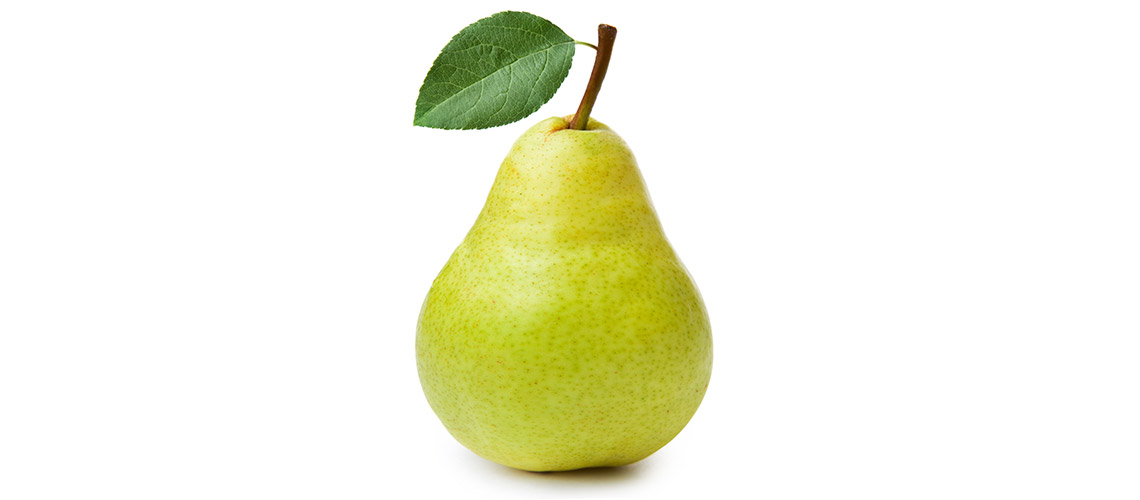The pear tree (scientific name Pyruscommunis L.) doubly rewarding, both for its beauty and its delicious fruit. Grown mainly in Macedonia, the Peloponnese and Thessaly, an area of approximately 45,000 acres and an average annual production of 80,000 tons of pears. Pears are consumed fresh, as compotes, jams, juices, widely used in pastry and is made liqueur from them.Ta pears are specific to taste better when cut before full maturity. For this purpose, we gather by hand (carefully, do not injure the stalk and join on post harvest fungi) when acquiring the typical color and the flesh is still consistent and let maturate in the refrigerator.
Nutritional Value
Besides undeniably very nice flavor, pear contains appreciable amount of vitamins C and K, while at the same time offers a small but not negligible amounts of vitamin E and B. Additionally, it is a good source of potassium, copper and phosphorus, and to a lesser grade containing manganese, magnesium, calcium, zinc and iron. It is also an excellent carrier of soluble and insoluble fiber. A medium pear (with peel) can provide us about 5 grams of fiber ,amount that corresponding to approximately 20% of the total daily requirement of an average man in fiber.



